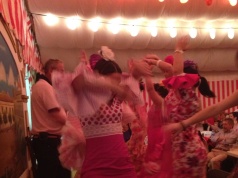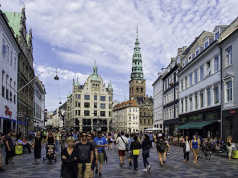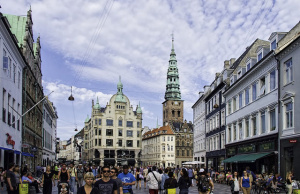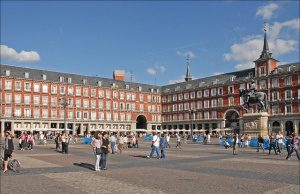Built high up into the southern Spanish city of Granada you will find the Albayzín district- a Moorish settlement famous for narrow, winding streets, small plazas, many churches and beautiful views of the city below and the imposing Alhambra palace.
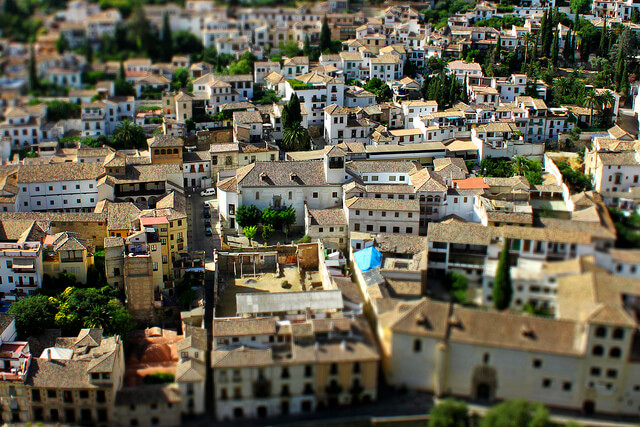
Origins of the Albayzín
The Albayzín is a one of the most important and interesting sites for any visit to Granada. Dating back from Roman times, the Zirid Monarchs first established their court there during the 11th century, with an encircling citadel wall, with some ruins still visible today.
The origin of the name “Albayzín” or also sometimes written as “Albaicin”, is not exactly clear. Most historians credit the name as meaning “quarter of the people of Baeza”. This refers to when the Moors were driven out of the city of Baeza, near the Spanish city of Jaen in the 13th century by the Christians. They fled to Granada and settled into what is the Albayzín district, which would develop further with a distinct Moorish influence.
After the fall of the Spanish city of Cordoba in 1236 the center of Moorish power was then transferred to Granada, which brought a massive flood of nobles, architects and most importantly, money to the city, which ultimately led to the construction of the ornate Alhambra palace, which sits directly across the hill from the Albayzín quarter.
When the Christians conquered Granada after an 800-year Moorish ruling, they built over the many mosques that were constructed in the Albayzín, which is why you can still see some Moorish features today, such as external cisterns for the ritual washing of the faithful.
What’s the best way to see the Albayzín?
Exploring the Albayzín is best done on foot. You can easily walk there from the Plaza Nueva in the center of Granada in less than a half hour. The coolest part about this district however, is just casually strolling through the maze of small streets and plazas, so I would recommend setting apart at least a few hours. This gives you plenty of time to explore, stop at one (or a few) of the many tapas restaurants or tea houses that are buried deep into the winding cobblestone streets, visit some of the churches, which are typically open to visitors, and enjoy the Moorish vernacular architecture, which blends with the traditional Andalusian styles.
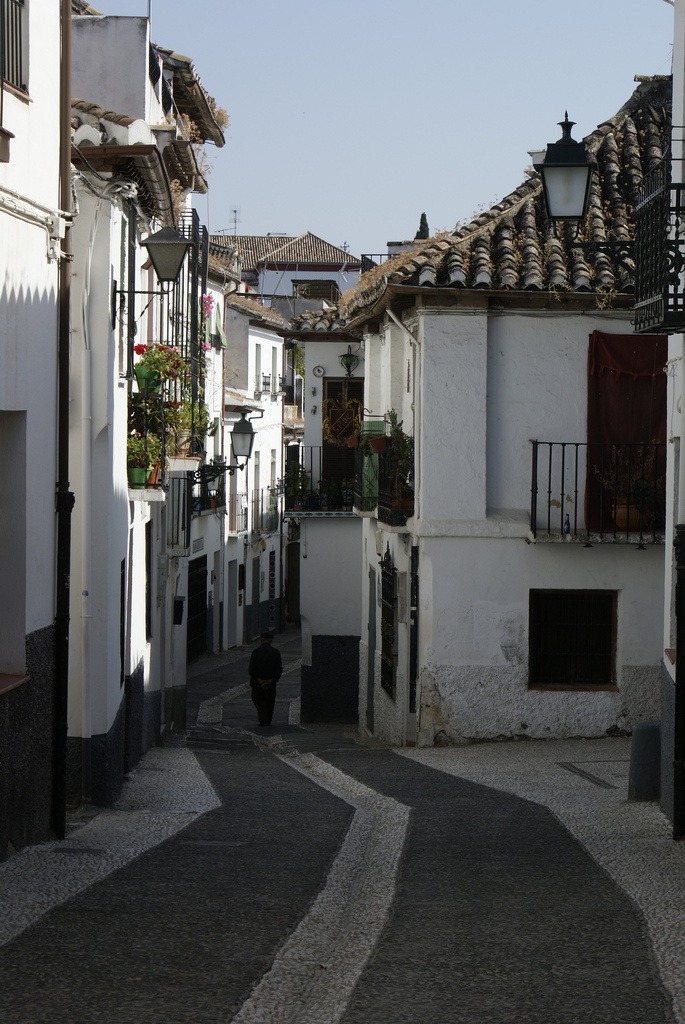
I loved how many of the homes are designed, with really bright colors and tons of flowers and greenery.
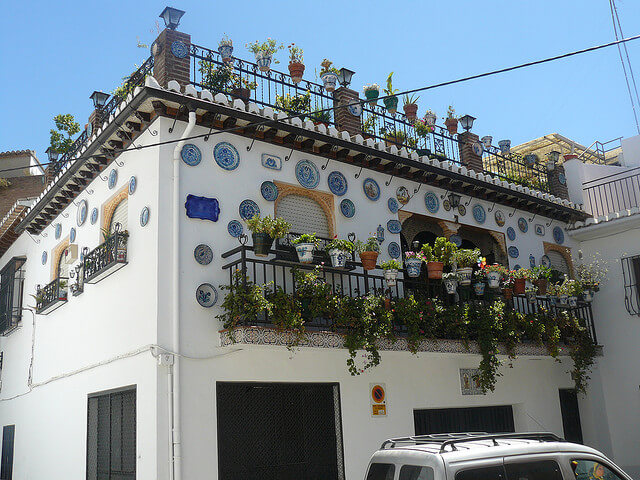
What many consider the highlight of this district, is the view of the Alhambra and the city below from the Mirador de San Nicolás, located in the Plaza Mirador de San Nicolás, especially at sunset.
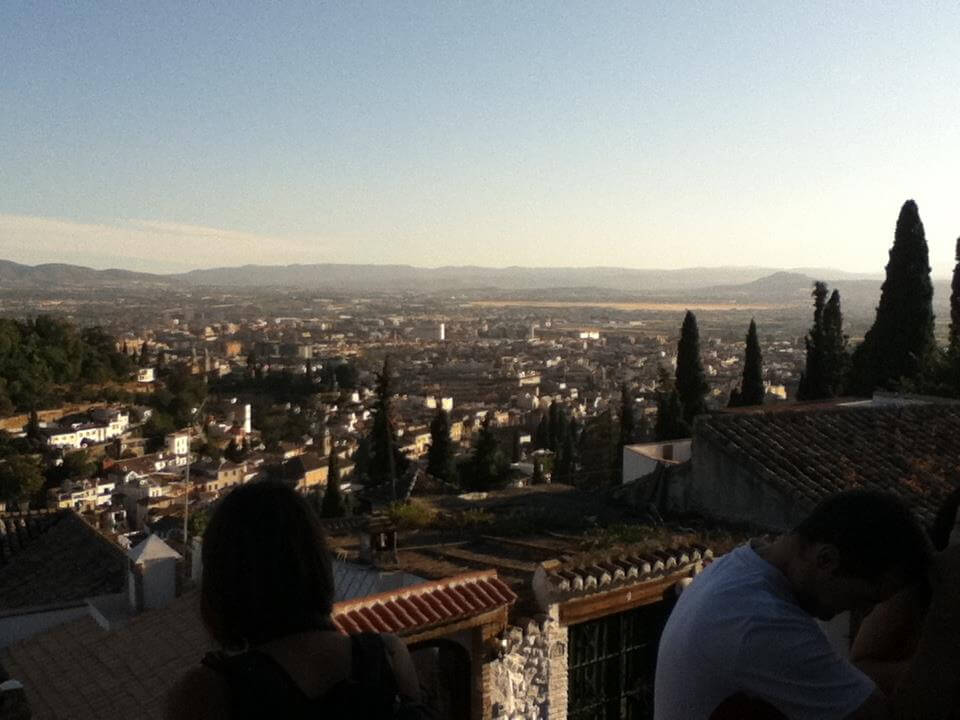
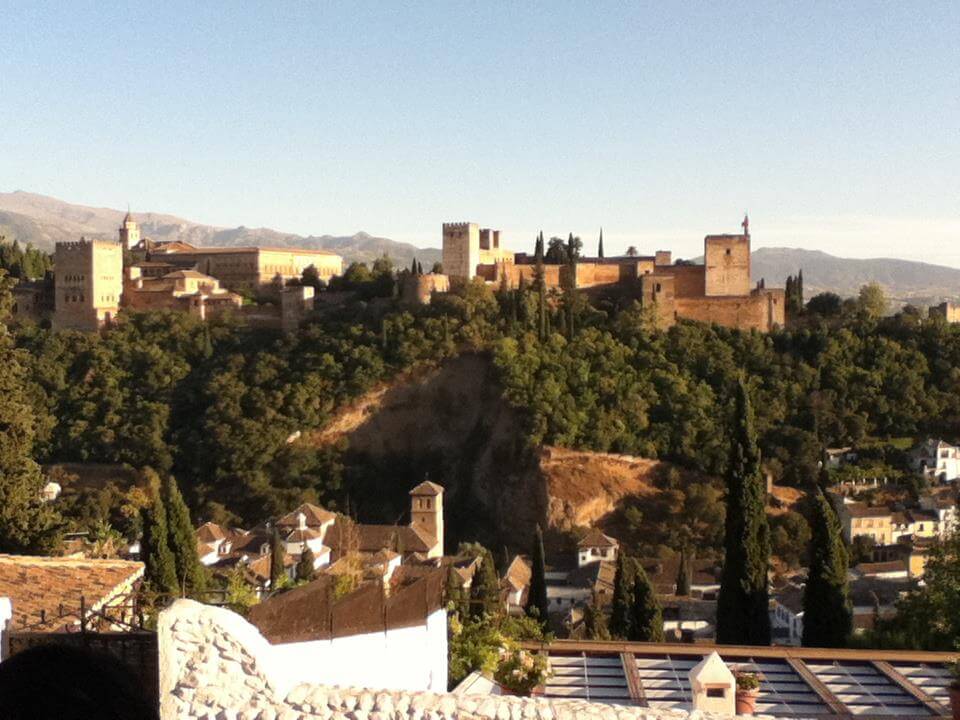
At night, the area also has lots to offer from traditional Flamenco shows in the cuevas (caves) built into the hills to some cool bars or nightclubs.
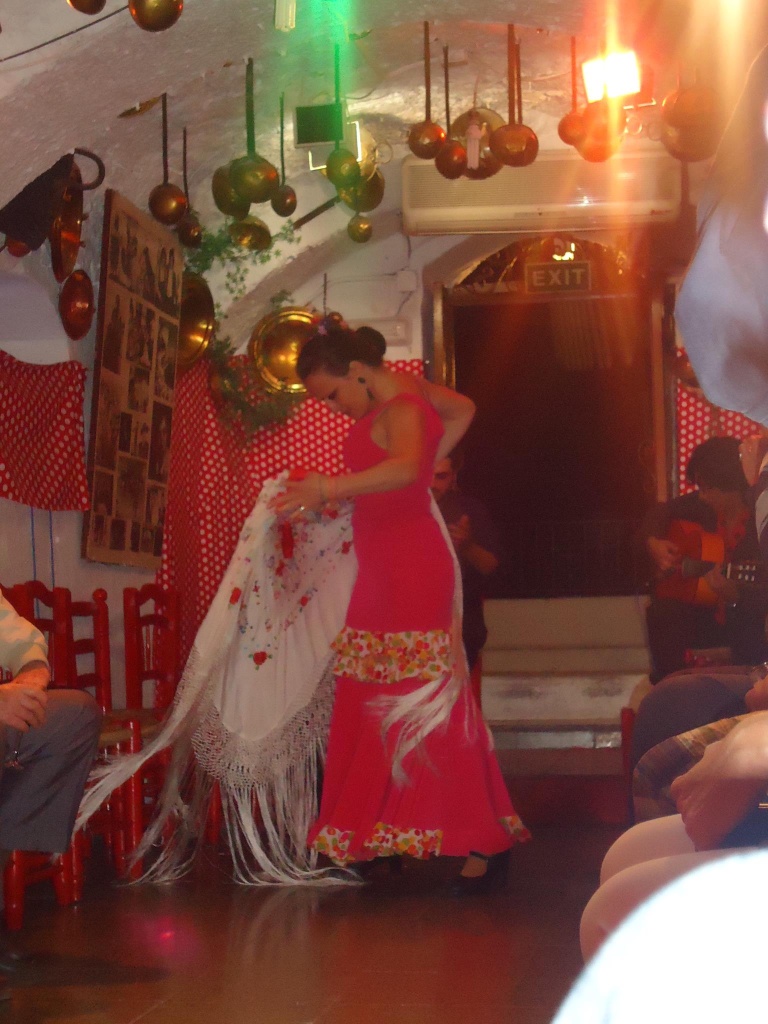
One famous one for students of the city, especially international ones, is El Camborio, which has a large terrace that has spectacular views of the lights of the Alhambra. Just keep an eye out for pick pockets as this neighborhood can sometimes be known for having some seedy characters lurking!


